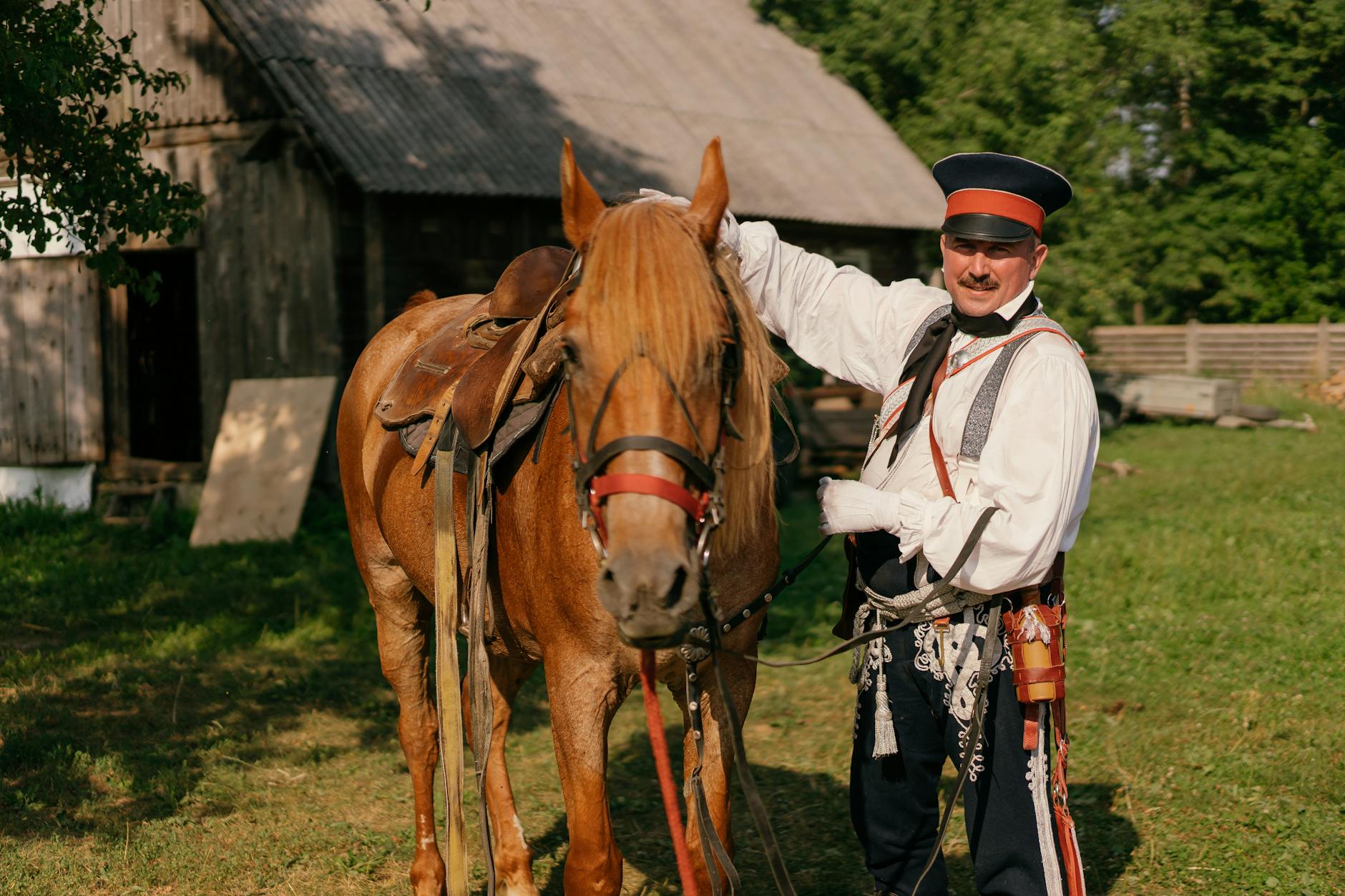From ancient burial rituals to contentious contemporary politics, the journey of our society’s relationship with Cannabis sativa is rich and intricate. Both loved and demonized, cannabis has a history woven into the fabric of human civilization.
The cannabis origins trace back to Central Asia, where the first evidence of human use hasn’t been unearthed by archaeologists. People primarily used hemp, a cannabis plant variety, for fiber to make items like clothes, ropes, and paper nearly 10,000 years ago, proving it to be one of the first plants to be cultivated by humans.
The ancient use of marijuana extends beyond practical matters. Many early cultures recognized its psychoactive properties, incorporating it in their religious ceremonies and medicinal practices. From the Hindu scriptures of India to the ancient Chinese pharmacopeias, cannabis played a significant role in defining cannabis in different cultures.
The plant’s medicinal use throughout history is remarkable. Ancient Egyptians utilized it to treat conditions such as glaucoma, inflammation, and menstrual pain. In medieval Islamic world, modern-day Middle East, cannabis was used to alleviate a variety of ailments, including migraines, pain, and even poor digestion.
The cultural and medicinal prominence of cannabis followed trade routes to Europe during the Middle Ages, and eventually found its way to the Americas with the colonial settlers. Here, the cannabis cultivation history saw another significant milestone as hemp became an essential crop for making naval cordage, paper, and clothing in the New World.
Despite its various uses and benefits, the 20th century marked a sharp turn in the public perception of cannabis. The plant faced worldwide censure due to rising concerns over its psychoactive properties leading to a widespread cannabis prohibition. In the United States, these convictions were a product of cultural bias, misinformation, and historical misconceptions about cannabis.
The role of cannabis in art and literature also suffered under the cloud of prohibition. Once praised in works like “The Arabian Nights” and paintings by Victor Vasnetsov, the plant saw itself increasingly vilified in pop-culture and propaganda materials. This continues even today, with the plant frequently demonized in different media platforms.
However, as the 21st century dawned, mounting pressure from activists, coupled with emerging scientific research on the plant’s medicinal properties, started to challenge the prohibition era. The past decade has witnessed a wave of marijuana legalization in many parts of the world, including several US states.
It’s an eventful journey from being a companion of humanity’s earliest civilizations to the contentious subject of modern legislation. The history of cannabis tells a story of intricate interplay between society, culture, and science. As our understanding of this plant continues to evolve, so too will its role in our society. The chapters of cannabis are still being written and promise to be as diverse and complex as its past.
The historical narrative of cannabis is nuanced and has shaped our contemporary understanding of the plant. As we move forward, it’s crucial to keep the lessons of history in mind, shaking off misconceptions while embracing its potential for the betterment of society.


